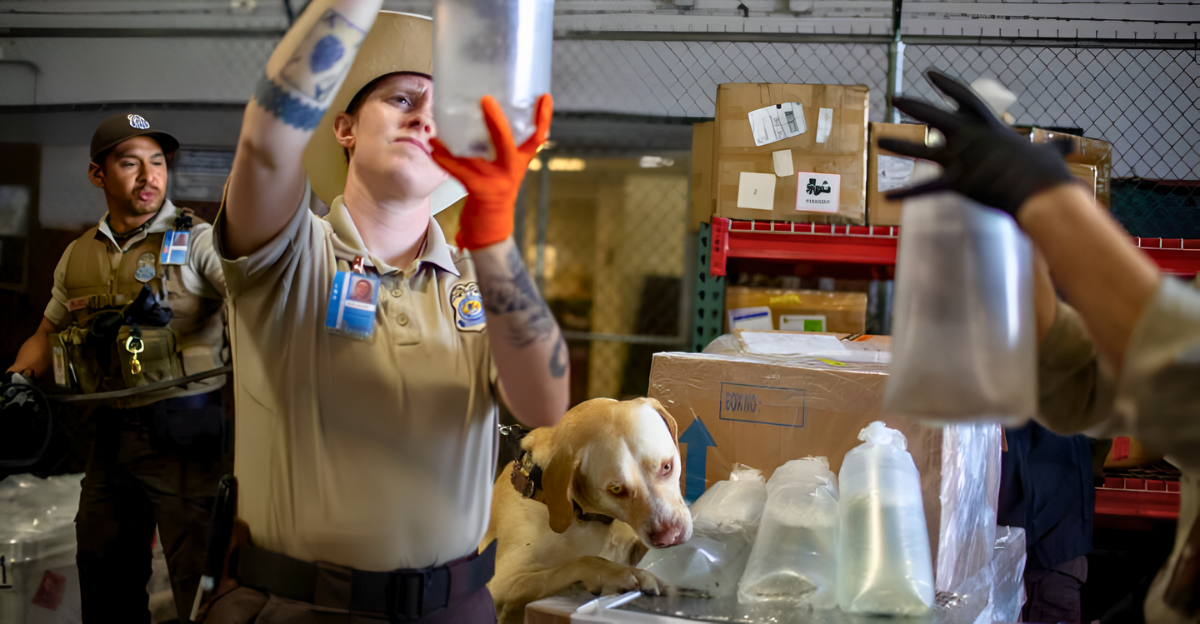
Cincinnati’s neighborhoods have an open secret. On sunny days, brief flashes of green movement scurry across aged brick walls and garden rocks, vanishing in the blink of an eye, before you can truly register what you’ve seen.
Neighbors share stories on Facebook and Reddit about these nimble creatures, the region’s “miniature dragons.” But many ask: Where did they come from, and why are they so prevalent?
The answer is instead a gripping tale that’s been distorted over time, relegated to family lore. The true story is rooted in environmental shock and a single mischievous act that reshaped the city’s ecosystem forever.
Why Should We Care About Invasive Species? The Global Stakes
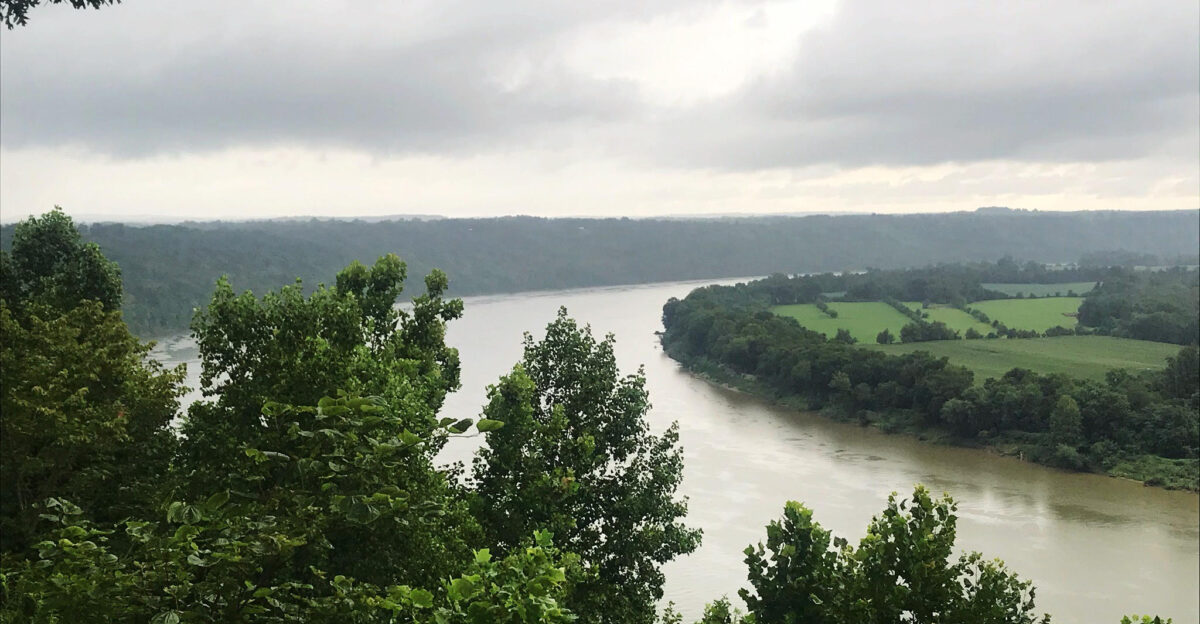
Invasive species aren’t uncommon in Cincinnati alone—they’re a global epidemic. Worldwide, non-native animals and plants disrupt food webs, displace native species, cost billions of dollars, and result in lost productivity.
The International Union for Conservation of Nature warns that invasives are one of the leading causes of native extinction and biodiversity loss, threatening everything from agriculture to clean water. Currently, Ohio’s rivers and forests have new invasive species annually.
America’s Hidden Invasion: When the Exotic Becomes Everyday
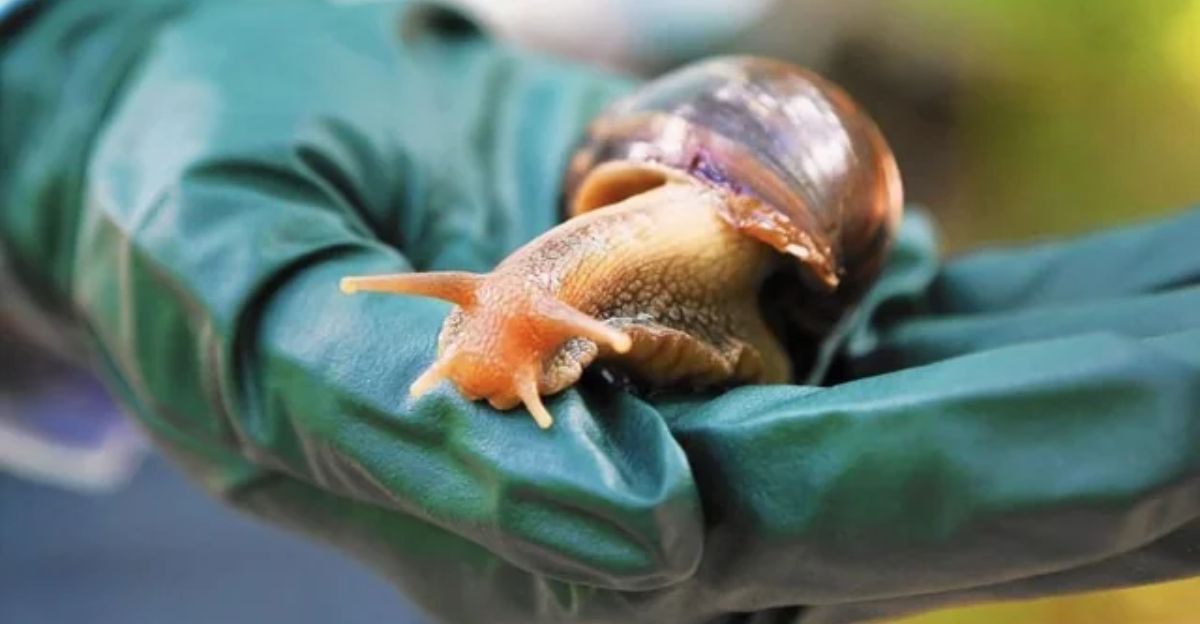
Across the U.S., invasive species are so widespread that many are unaware of their presence. Kudzu blankets the South, starlings fill city parks, and zebra mussels plug waterways and pipes.
Further, social media is filled with viral videos of invaders such as feral hogs in Texas and giant snails in Florida, provoking heated arguments and mass incredulity.
But beneath the memes and curiosity lies an actual concern: these species reshape landscapes, sometimes forever, and often in unpredictable and uncontrollable ways.
Unwanted Passengers: How Do Invaders Travel and Disperse

Most invasive species don’t arrive in style. Instead, they creep in as stowaways aboard cargo ships, hitchhike on imported plants, or escape from home aquariums.
Sometimes, they’re introduced into a region by pure chance, through a seed stuck in a boot, or spread through the paws of local pets. Other times, they result from deliberate, experimental landscaping.
The problem is that invasive species are experts at exploiting vulnerabilities in indigenous ecosystems, aiding in their establishment, breeding, and spread.
A Boy, a Sock, and the Origins of the Lazarus Lizards
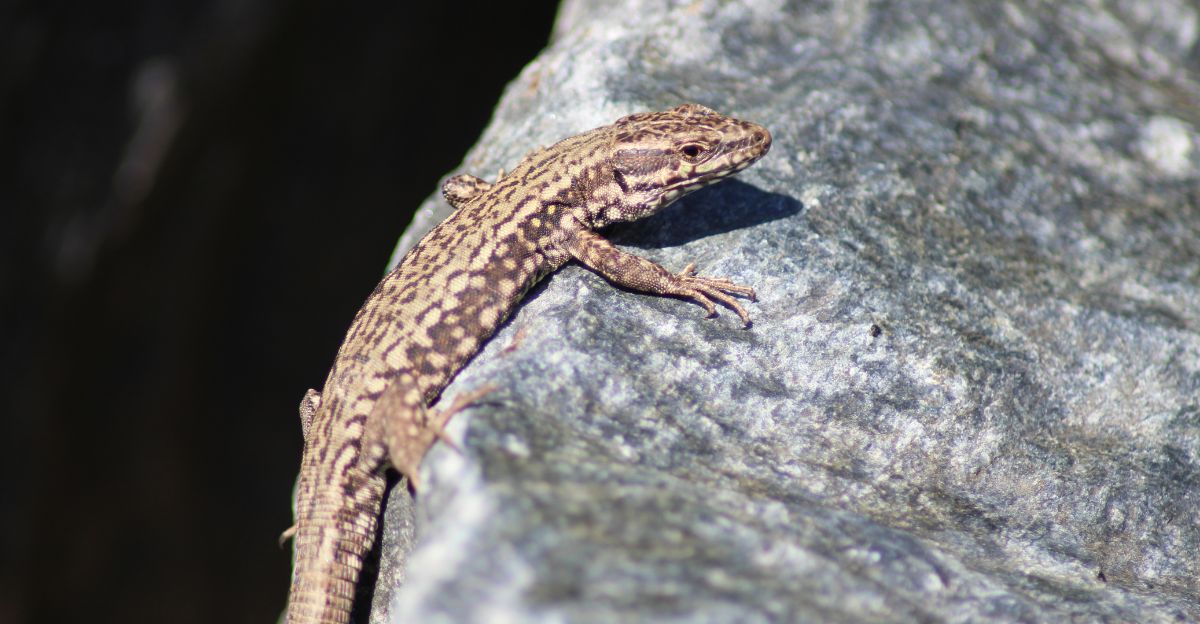
So, what’s the story behind Cincinnati’s wall-climbing lizards, which number in the millions? They can be traced back to a single childhood prank. In 1951, 10-year-old George Rau Jr. smuggled 10 Lazarus Lizards in his sock on the trip home from a family holiday to Lake Garda, Italy.
When he returned home, he released them in his backyard, unwittingly launching a decades-long ecological experiment. Today, the species are permanent residents, thriving in the city’s neighborhoods, hills, and stone walls.
Meet the Lazarus Lizards
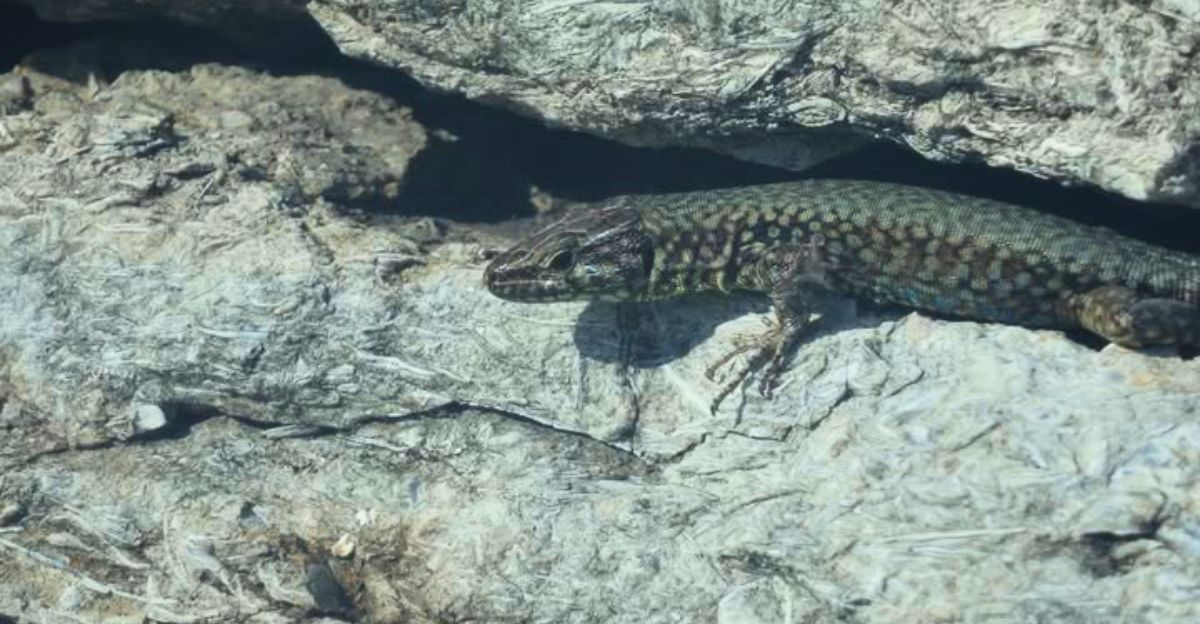
George Rau Jr. is said to have found the lizards, native to Mediterranean Europe, scurrying along the rocks on the banks of Lake Garda. Thanks to their flexible diet, they thrive in diverse habitats like rocky slopes and urban gardens.
Now in Cincinnati, these lizards have adapted over 70 years, finding the city’s terrain and climate similar to their homeland. They’ve grown larger and more agile over time as they try to evade urban predators.
Moreover, they survive Midwest winters by hibernating underground, firmly establishing themselves as a permanent part of Cincinnati’s urban wildlife.
Their Impact on Local Ecosystems
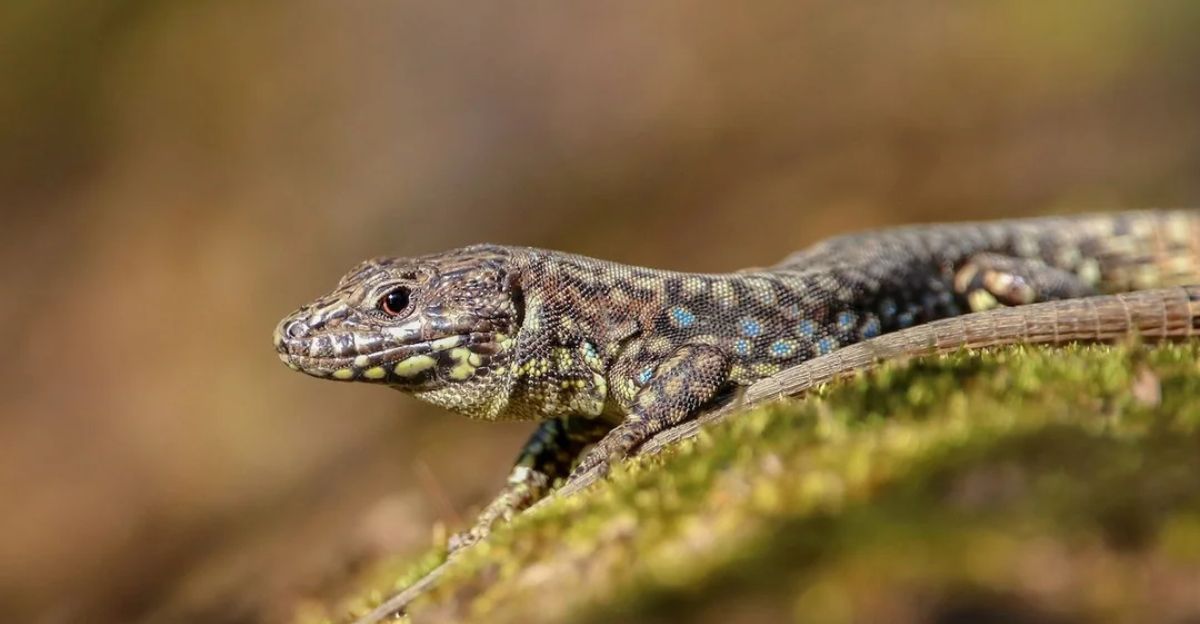
The Lazarus lizard’s impact on Cincinnati’s native species is subtle. While their numbers are high, reaching up to 1,500 per acre, they mostly inhabit spaces not used by native lizards, causing slight displacement or ecological harm so far.
Occasional competition with native skinks has been noted. However, their broader effects—especially on insects and small reptiles—are still being studied in an ongoing urban ecological experiment.
Lizards on the Block: How Does This Affect Cincinnati’s Wildlife?
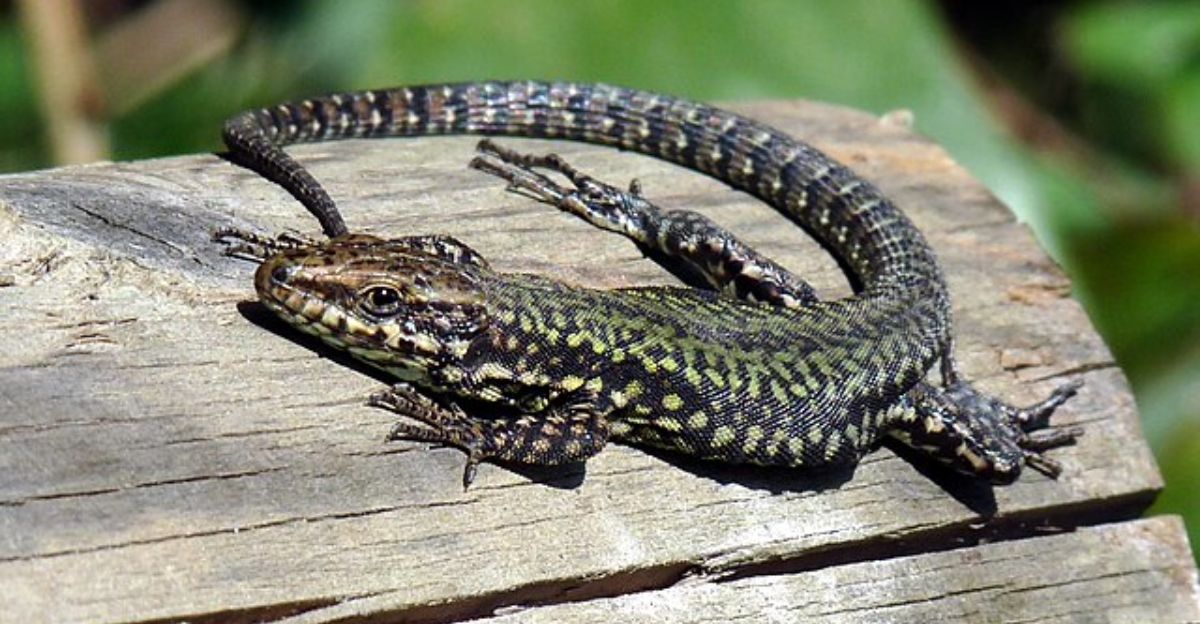
To most Cincinnatians, the Lazarus lizards are now part of local folklore, a cult classic, if you will. They are often photographed for social media, the topic of numerous debates, and even celebrated.
Researchers, however, watch with interest and fear. The lizards have adapted to urban life, growing larger and larger and spreading more and more, perhaps in an attempt to outcompete predators like domestic cats.
Though they haven’t yet caused enormous ecological damage, as seen with other invasives, their long-term impacts on local insects and small reptiles remain to be seen.
When Ecosystems Clash, Who Triumphs?
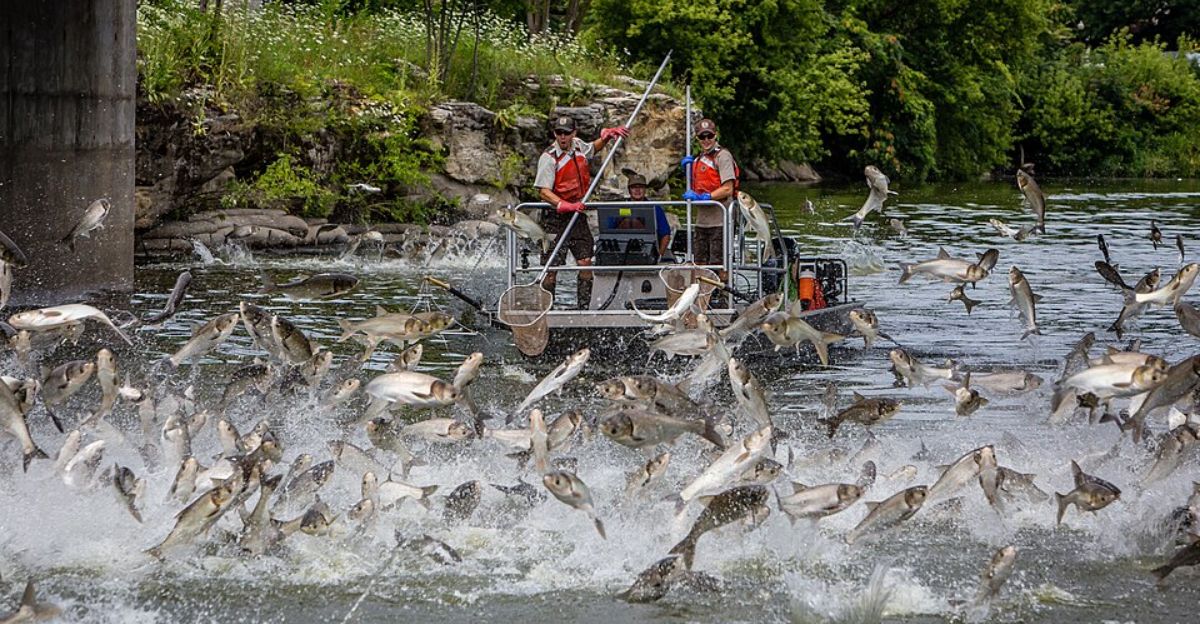
Invasive species, like the Lazarus lizards, give us a glimpse into how the consequences of human activity—whether deliberate or not—can cascade through the natural world.
For example, land managers battle species ranging from garlic mustard to Asian carp using various methods, including manual removal, herbicides, and public awareness campaigns.
The Lazarus lizard, though less harmful, illustrates just how quickly an ecosystem can tip. In Ohio and beyond, invasive species have pushed out native species, altered soil chemistry, and reshaped dynamic ecosystems.
Not Alone: Ohio’s Other Accidental Immigrants
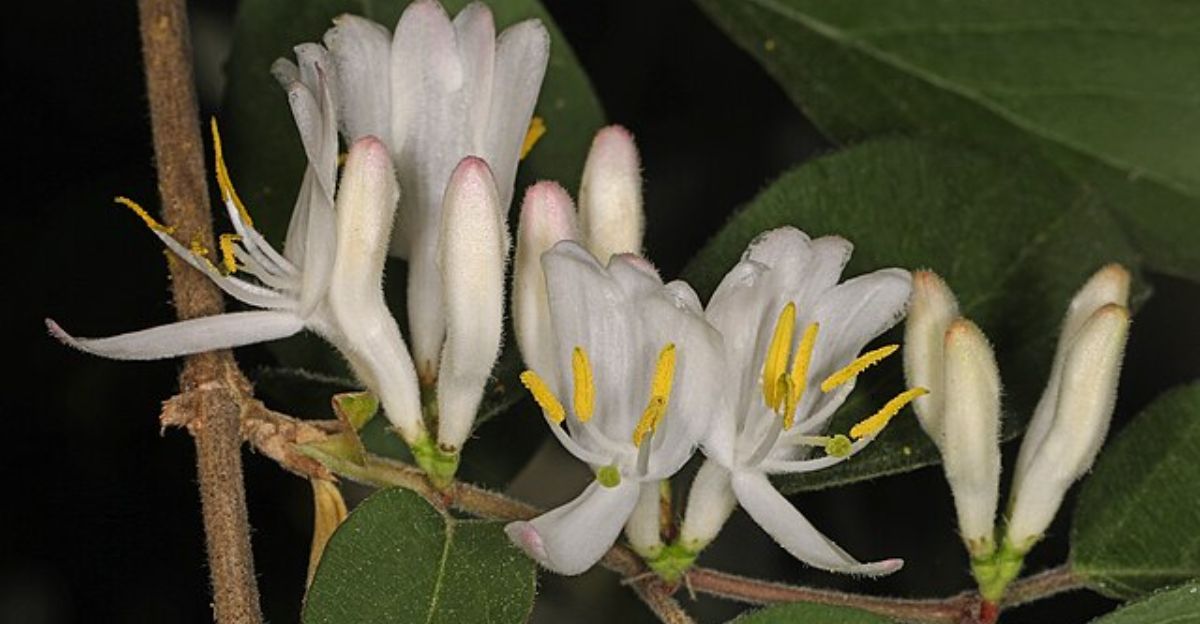
The Lazarus lizard is just one example of an invasive species in Ohio. From the emerald ash borer that’s destroying forests to Amur honeysuckle displacing native wildflowers, the state is a breeding ground for environmental interlopers.
Some, like the multiflora rose or zebra mussel, arrived through international commerce. Others were intentionally seeded, spreading through cultivation practices. With every new resident, native species’ resilience and our ingenuity in trying to protect them are tested.
What’s Next? Can We Live with Our Mistakes?
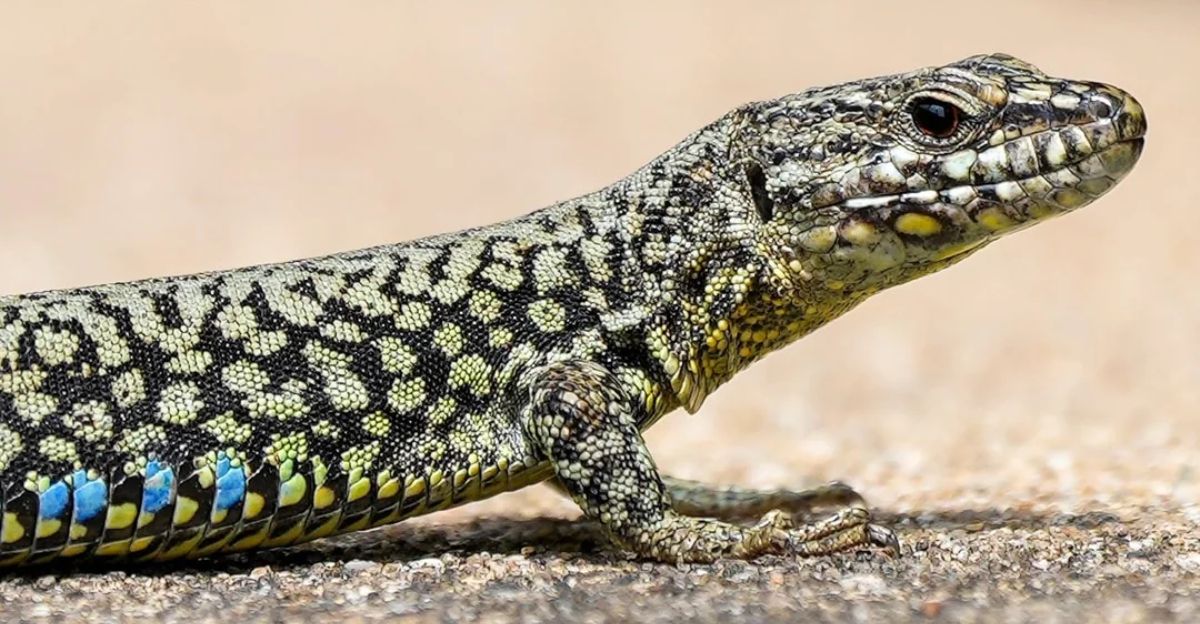
Cincinnati’s lizard saga poses a tricky question: once an invasive species is here to stay, what’s the right response? Especially since eradication is rarely possible.
Instead, communities must adapt, monitor, and sometimes even embrace these wild newcomers. Regarding the Lazarus lizards in Ohio, scientists are now studying how they evolve in urban environments, which offers insight into managing other invasive species.
There’s no denying that the lizard’s introduction shows that ecological change is often unpredictable—and sometimes, irreversibly woven into the fabric of an ecosystem.
The Lasting Legacy: A City Transformed by a Child’s Curiosity
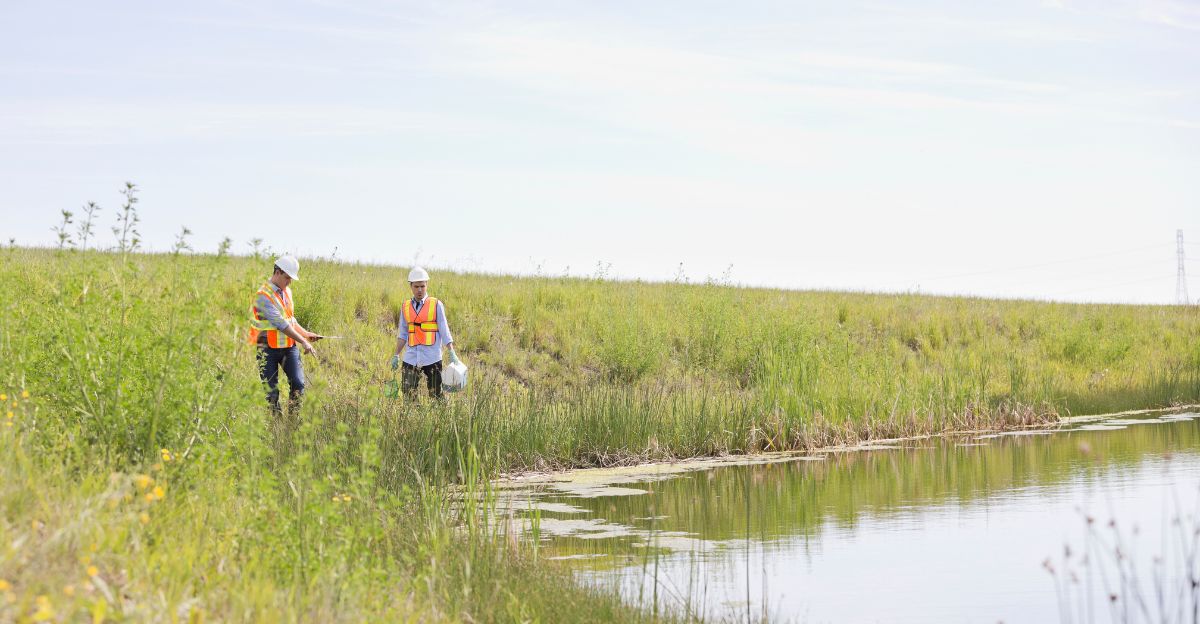
A moment of childhood mischief has given Cincinnati a living legacy—millions of lizards basking on its walls, the subject of local legend shared on TikTok and in schools, and a case study for ecologists everywhere.
The Lazarus lizard’s journey from the foot of an Italian store to the streets of Ohio is a testament to the strength of nature—and the unexpected outcome of human curiosity.
As the city progresses, its lizards are a miracle and a warning: a reminder that the smallest of acts can have long-lasting effects.







